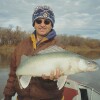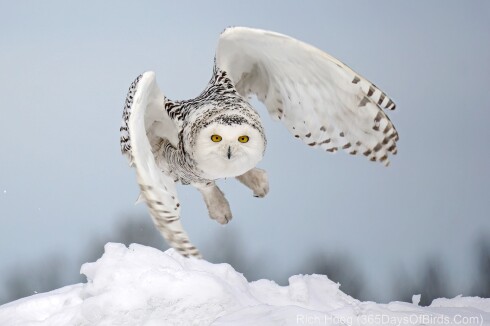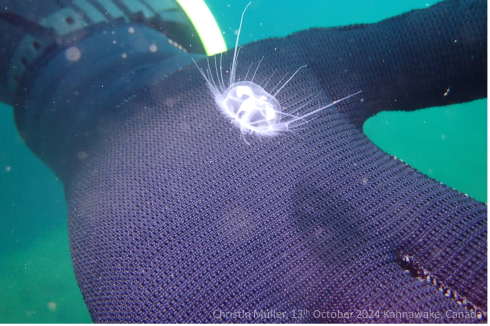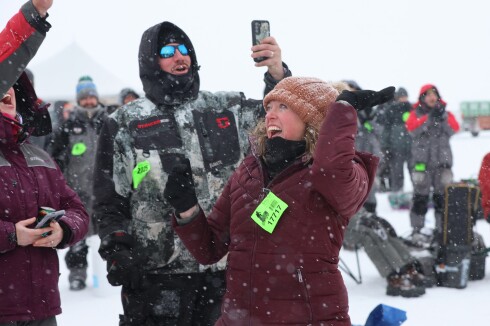They’ve spent months training and preparing in all kinds of weather for one of the most grueling winter endurance races the region has to offer – the Arrowhead Ultra 135 – and “go time” is just days away.
Now, it’s just a matter of making final preparations, getting the gear and other supplies together, watching the weather and hoping it’s not too cold – or too warm, like it was last year.
ADVERTISEMENT
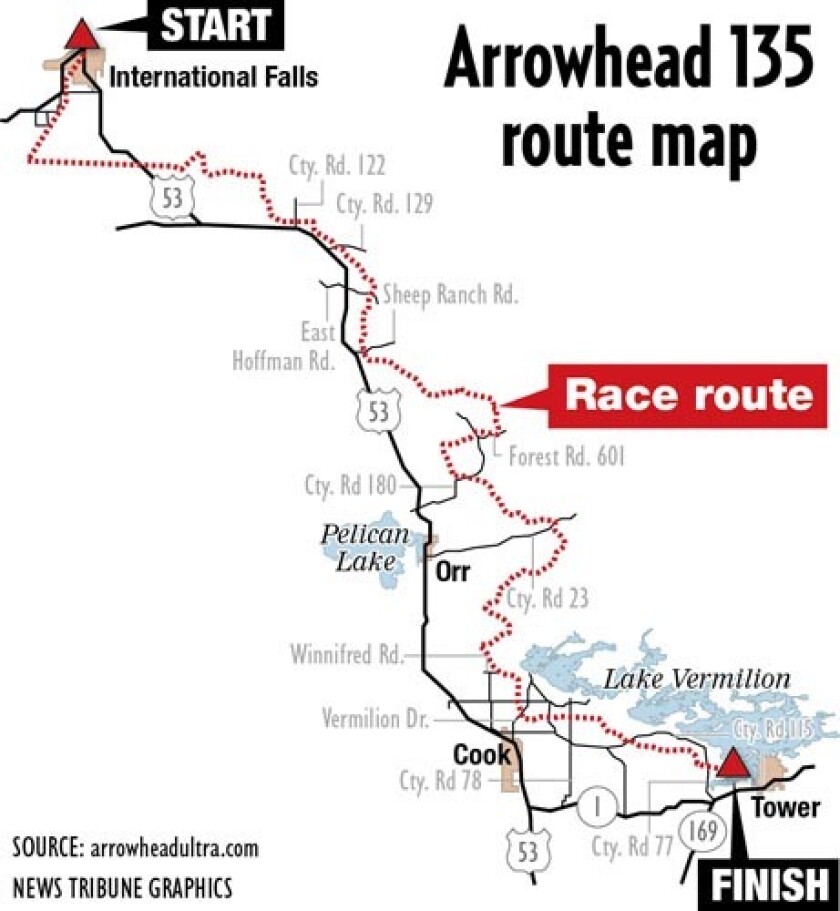
This year’s Arrowhead, a 135-mile wilderness race from International Falls to Tower, Minnesota, kicks off at 7 a.m. Monday, Jan. 27, in International Falls, and competitors must reach Fortune Bay Casino near Tower by 7 p.m. Wednesday, Jan. 29.
The Arrowhead 135 is open to competitors on bicycles, foot (a category that also includes foot kick sled) and skis, with nearly 200 competing this year in the various categories.
Pat Adrian of Roseau, Minnesota, and Ryan Haug of Fargo, both veteran Arrowhead racers, are among the competitors from North Dakota and northwest Minnesota entered in this year’s race. Both are competing on fat tire bikes; Rachel Utecht, of Fargo, is tackling the trail on foot.
Depending on the year, Arrowhead participants can face temperature extremes ranging from more than 30 above to nearly 40 below zero and widely variable snow and trail conditions, not to mention potential wildlife encounters.
Adrian, who is competing in his 10th Arrowhead, says he once came across a fresh wolf kill smack-dab in the middle of the trail. Utecht, who has entered the Arrowhead on seven previous occasions, says she also has come across the remains of deer killed by wolves along the trail, a stark reminder of Mother Nature’s cruelty.
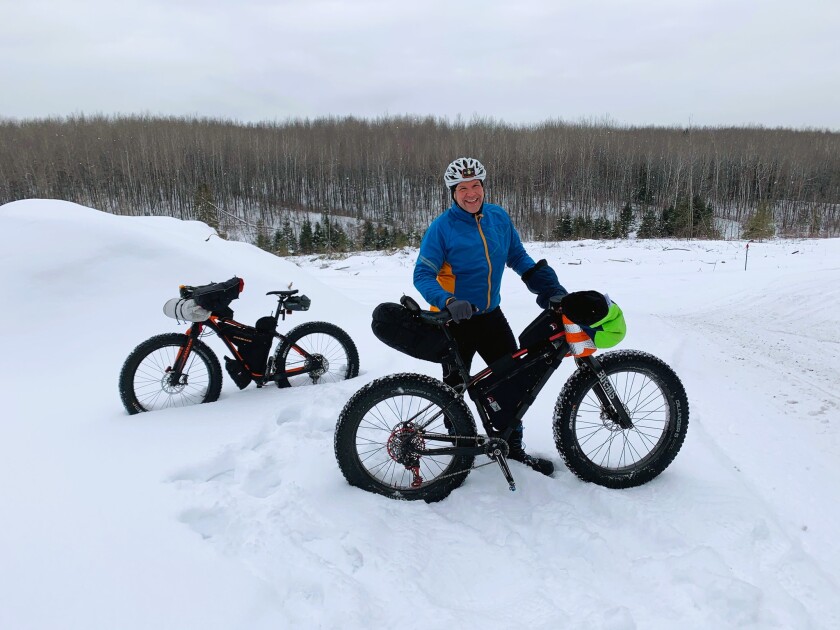
“The crazy thing about the Arrowhead is it all depends on what Mother Nature is doing,” Adrian, 54, said. “Because some years, if it’s 10 degrees and the snow is pretty hard and they’ve been grooming the trails a lot for snowmobiles, then it’s kind of a straightforward race where you get on your bike and you just have a long day. That’s the easy version. The hard version was like last year.”
Completing the course requires not only physical stamina, but mental fortitude.
ADVERTISEMENT
“I don’t know how to describe it, you’ve just got to be able to push through (the mental) part,” said Haug, 53, who is entering his eighth Arrowhead. “You’re going to have highs and lows and you just expect that. You’ve just got to work through the lows and then get to the highs and just try to stay on top of nutrition.
“That’s the biggest thing.”
Adrian says he rides with friends who definitely are stronger bike riders, but cringe at the idea of entering a race like the Arrowhead.
“They’re faster and lighter and (have) lots of power,” Adrian said. “They have everything going for them there, but talk about a race like the Arrowhead, and they just shake their heads like, ‘No way, I would never even consider that,’ because it can be really brutal.”
Adrian says he rides about 5,000 miles a year on mountain and fat tire bikes in addition to indoor training.
“For this race, anytime it’s cold and nasty out, I try to make sure I get out and ride in that stuff, so that you’re used to the cold weather,” Adrian said. “You know what clothes to wear and then just how to take care of your body if you start getting cold – if your toes are cold or your face is cold – just so you know how to adjust all your equipment in the nasty conditions.”
As an avid fat bike rider and racer, Adrian’s pedaling pursuits take him across the country, including a 450-mile September race in the Black Hills of South Dakota that takes about a week.
ADVERTISEMENT
“It’s 45,000 to 50,000 feet of climbing, so you’re doing over 100 feet a mile, which is a lot,” Adrian said. “So you’re living off your bike and sleeping in your tent. You do a section at a time, and you’re just on the clock the whole time.
“You’re just trying to get to the next place where you can get some food and resupply and keep going.”
Support vs. no support
Racers who enter the Arrowhead can either be “supported” or “unsupported.” Unsupported participants can’t accept food or water (other than what they carry or snow they melt) and aren’t allowed time to warm up indoors at any of the three checkpoints set up at the 35-, 70- and 110-mile marks along the trail.
Adrian and Utecht are doing the race supported this year, while Haug will be unsupported.
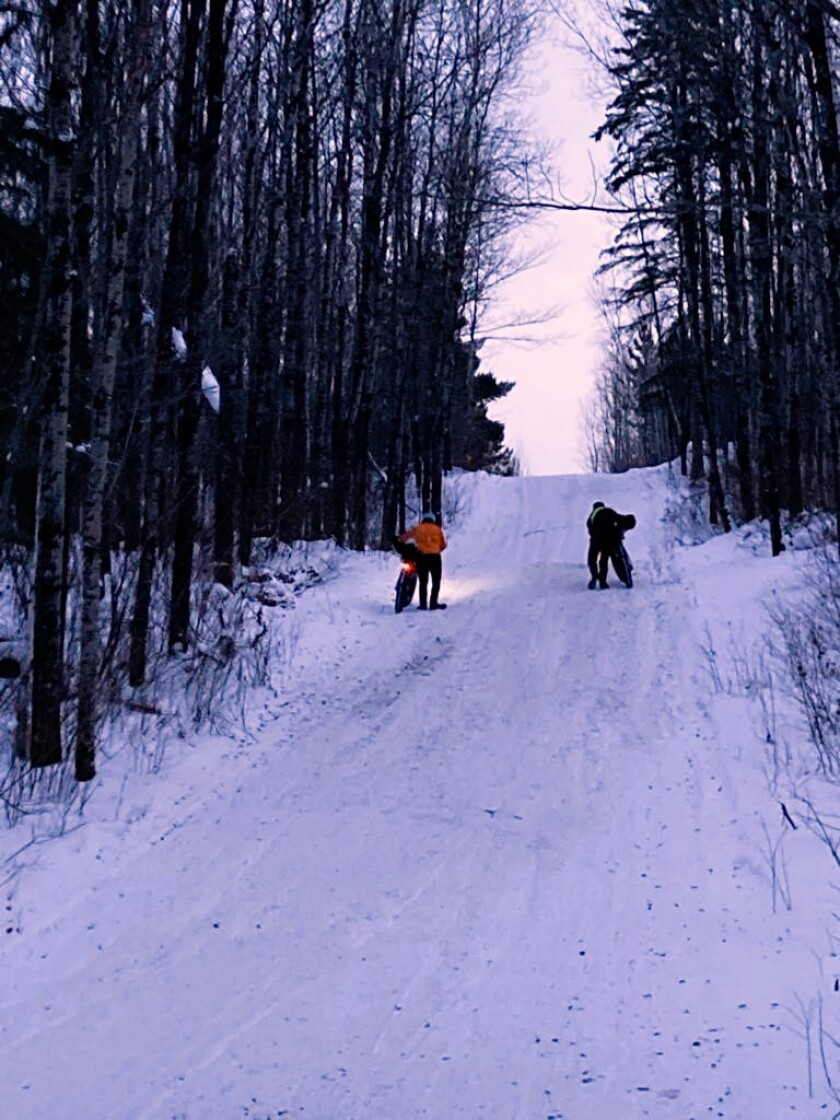
Whether on bike, foot or skis, Arrowhead participants must carry several items of mandatory survival gear, including a satellite tracker, sleeping bag rated for -20F or colder, a bivy sack or tent, firestarter, stove, at least 8 ounces of fuel, headlamp or flashlight, flashing red LED lights and spare batteries for both the front and back, and 2 quarts of water in an insulated container, along with at least 3,000 calories of food at all times, including the end of the race.
Haug says his food pack includes “energy goo,” sandwiches and Pop Tarts, which don’t freeze.
The key, he says, is smaller food items that pack a high calorie count.
ADVERTISEMENT
“You just try to get as many calories as you can,” he said.
History of success
Adrian and Haug consistently finish among the top 10 in the bike division, with Haug placing second in 2024 and Adrian placing seventh.
“This will be a big one,” Adrian said of his 10th Arrowhead. “I’ve been lucky enough to get myself in the top 10 bikers every year, so it would be pretty cool if I could do that one more time. It’s harder every year.”
Adrian says he attributes his success to “just never stopping – when it gets tough, I just keep going, slow and steady.”
For Haug, time on the trail, whether riding for fun or racing, has definitely helped, he says.
“I’ve gotten a little stronger,” Haug said. “Riding has helped, and just kind of knowing the endurance. Like now, I kind of know what my body can do and for how long.”
An unusually mild winter, coupled with marginal snow conditions, resulted in trails “like mashed potatoes” for the 2024 race, Haug says – not to mention bumpy. That forced bikers to walk their bikes for long stretches in the soft snow.
ADVERTISEMENT
As a result, finish times in the bike category were down across the board. Adrian’s finish time of 25 hours, 29 minutes was more than 8 hours slower than his time of 16 hours, 52 minutes in 2015, for example, a year when trail conditions were optimal.
Even though he placed second in the bike category in 2024 with a time of 25 hours, Haug’s finish also was his slowest, nearly 7½ hours behind his best time of 17 hours, 33 minutes in 2022, when he placed fifth.
“That’s the beauty of the ultra (races),” Haug said “You don’t know what’s going to happen.”
Riding regimen
Haug says he tries to ride five or six days a week throughout the year. He also competes in several races, including the recent Fat Pursuit race in Idaho, where he placed seventh in the bike category.
Two years ago, Haug also competed in the 350-mile Iditarod Trail Invitational, a winter ultra-marathon in Alaska. Basically, he says, every event is just training for the next event.
“That’s kind of what it comes down to – you just go out and do it,” Haug said. “It keeps you going – it’s something to shoot for.”

While Adrian and Haug have the luxury of wheels in their quest to complete the Arrowhead race, Utecht prefers to compete on foot. She begins preparing for the race about 8 months ahead of time, much of it focused on resistance training as cooler weather arrives. Because it’s another low-snow year, Utecht says she’s been pulling a motorcycle tire with a weighted cylinder in the middle to approximate the weight of the sled she’ll pull on the trail with 25 to 30 pounds of required gear and other supplies.
ADVERTISEMENT
Utecht has finished the race four of the seven times she’s entered, with finish times ranging from 52 hours to slightly more than 58 hours, depending on the conditions.
“We’re not able to really stop to sleep a whole lot because we’re still held to cutoff times,” Utecht says. “I maybe sleep an hour and a half total in that 60 hours.”
She especially enjoys being on the trail at night.
“That’s what I love the most, which is what most people dread the most out there,” Utecht said. “If we get any bit of snowfall at all, it’s really beautiful. It feels like you’re running through the stars.”
Despite the difficulty of completing the Arrowhead course, Adrian, Haug and Utecht all say it’s tough to beat the exhilaration and the thrill of crossing the finish line.
More than anything, though, it’s the people that keep them coming back, they say.
“It’s kind of like a family reunion,” Utecht said. “You get to know the people you share the trail with really well year after year, and those are some pretty tight connections when you're suffering together like that.”
- On the web:


